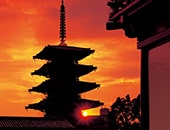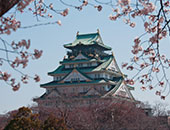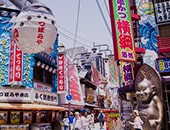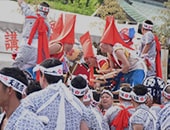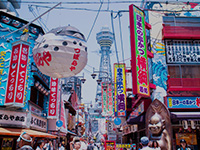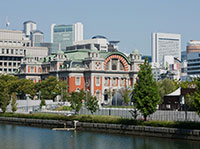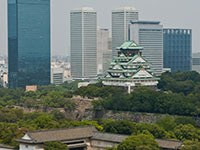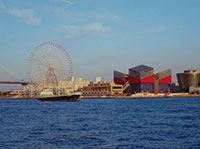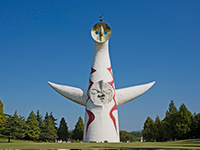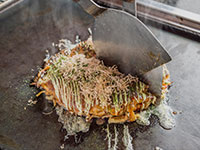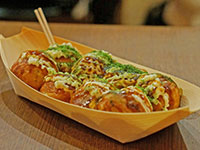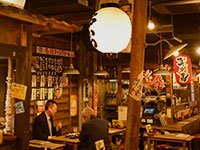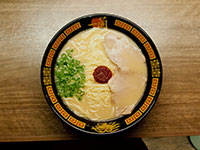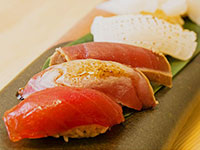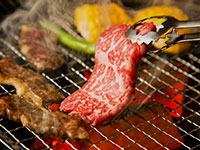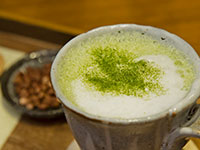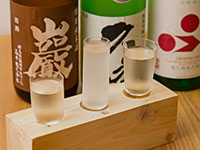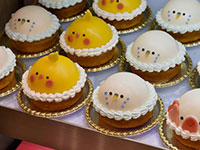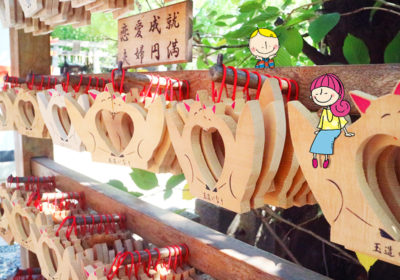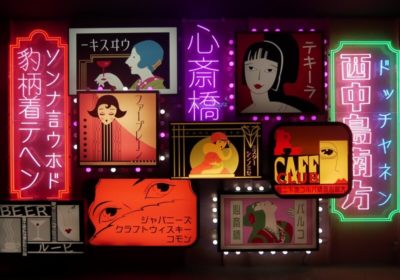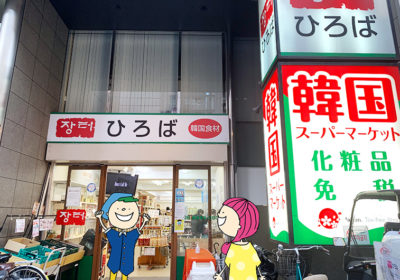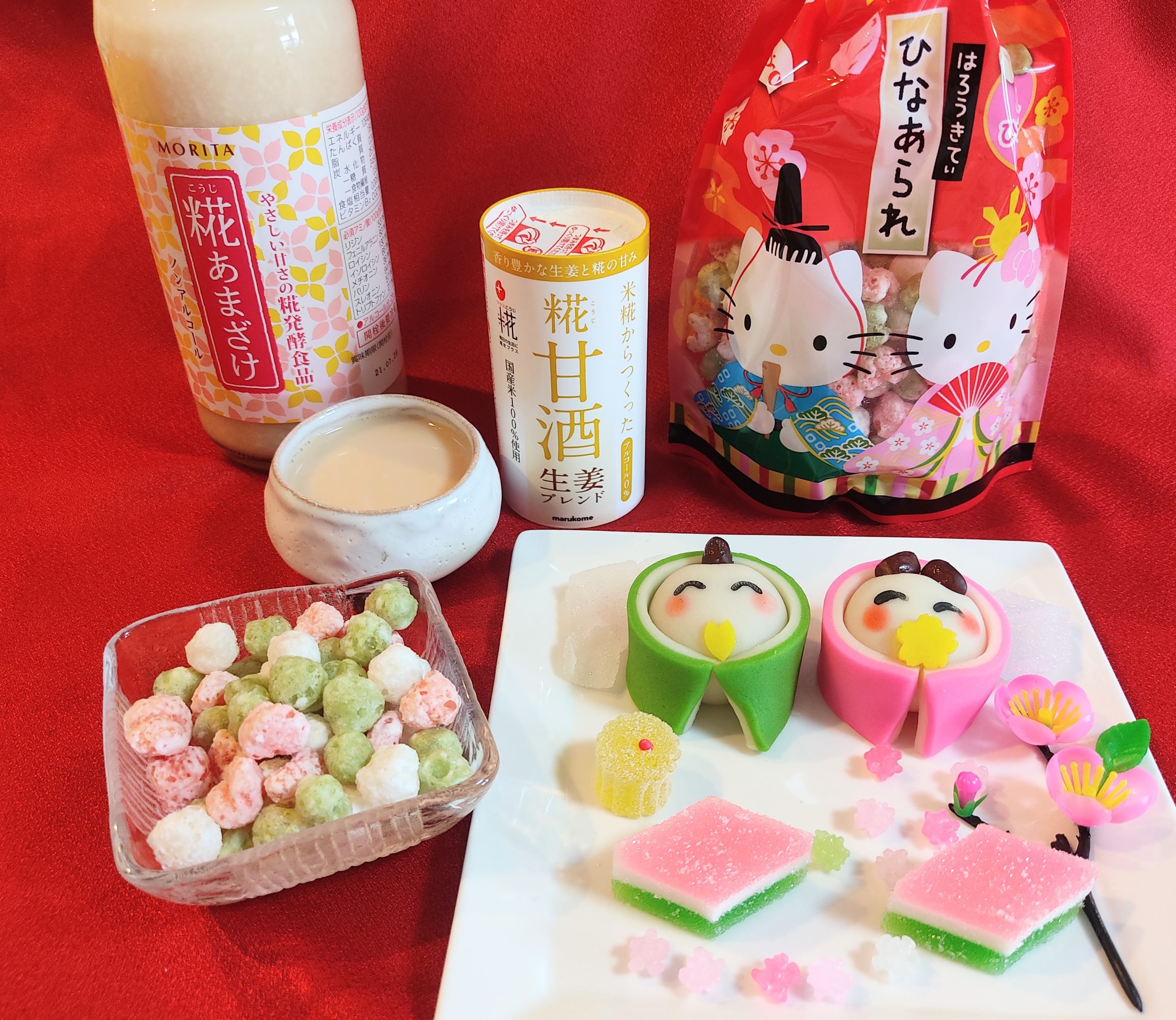

Supporter
Celebrating Young Women!
Hina Matsuri in Kansai
March 3 is Hina Matsuri in Japan! This holiday is often translated as Doll’s Day or Girls’ Day because it’s both a celebration of young girls and includes ornate displays of dolls, known as Hina Ningyo or Hina dolls.
Hina Matsuri History & Background
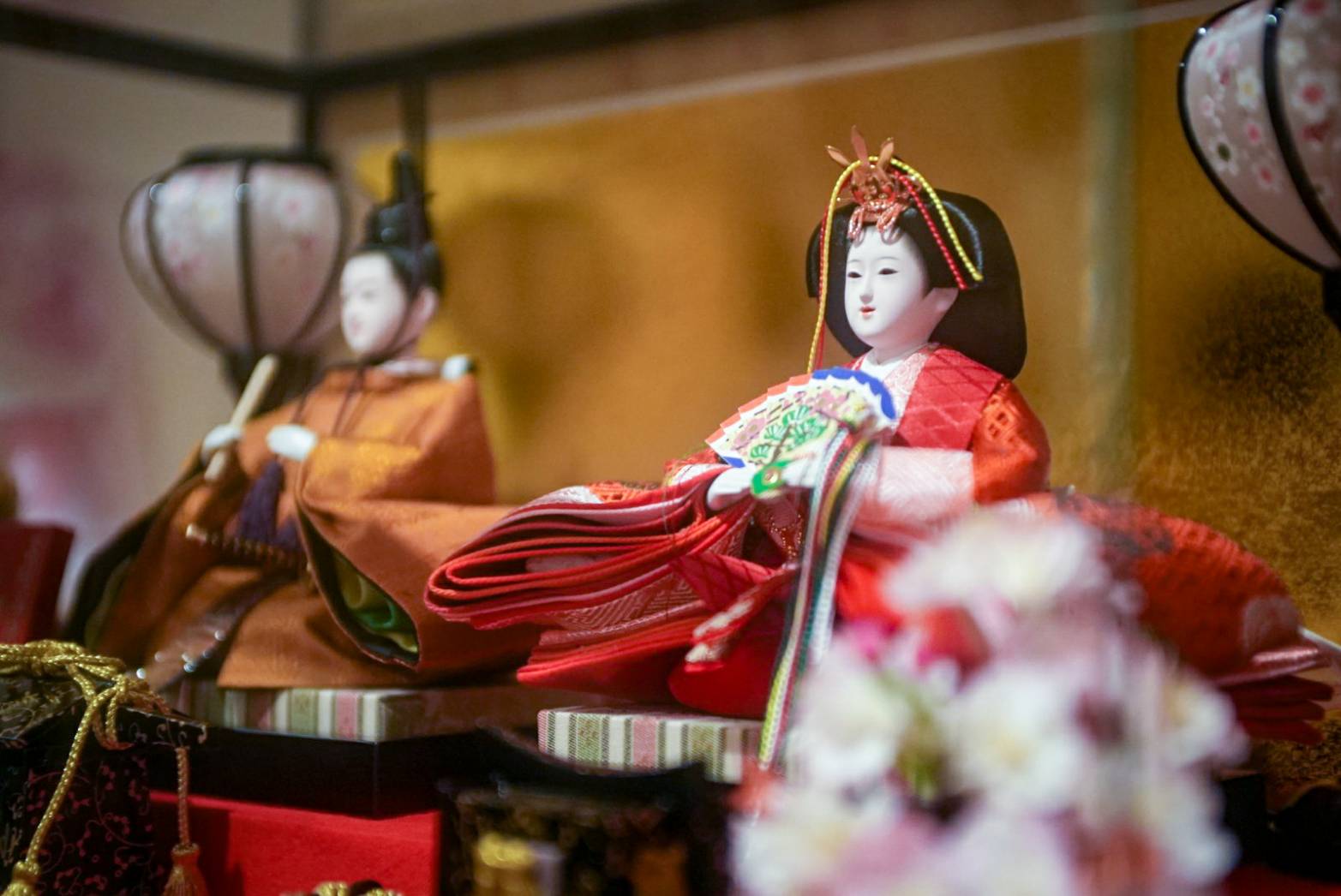
Most households with a daughter will set up Hina dolls in mid-February, which are displayed for a few weeks leading up to the March 3 holiday. The dolls are passed down through families, so the dolls may have originally belonged to the mother or grandmother or even great-grandmother. The main pair of Hina dolls represent the emperor and empress. And while they don’t necessarily look like any specific emperors in history, they are usually adorned in regal attire. The display could be be a simple pair of dolls or a very elaborate 7 tiered-structure complete with servants, court entertainers, advisors, and an array of furniture.

The history of Doll’s Day dates back until at least the 1625 and became an official holiday during the lifetime of Empress Meishō (1624-1696), who played with Hina dolls as a young child. Dolls were believed to absorb bad luck that could lead to illness or injury. So small girls were actually encouraged to play with them. As the dolls were believed to hold onto bad spirits and ill omens, they were ritually set afloat in rivers to be washed away on Doll’s Day. Dolls destined for the river were not the ornate Hina dolls that you see on display, but simple dolls made from natural fibers like paper and cloth. Although there are no major events in Osaka when dolls are sent down river, Shimogamo Jinja Shrine and Matsuo Taisha Shrine (in Kyoto), Kokawa Temple and Awashima Jinja Shrine (in Wakayama), and Kenryuji Shrine (in Nara) all hold annual events where you can watch or possibly participate in sending off the dolls.
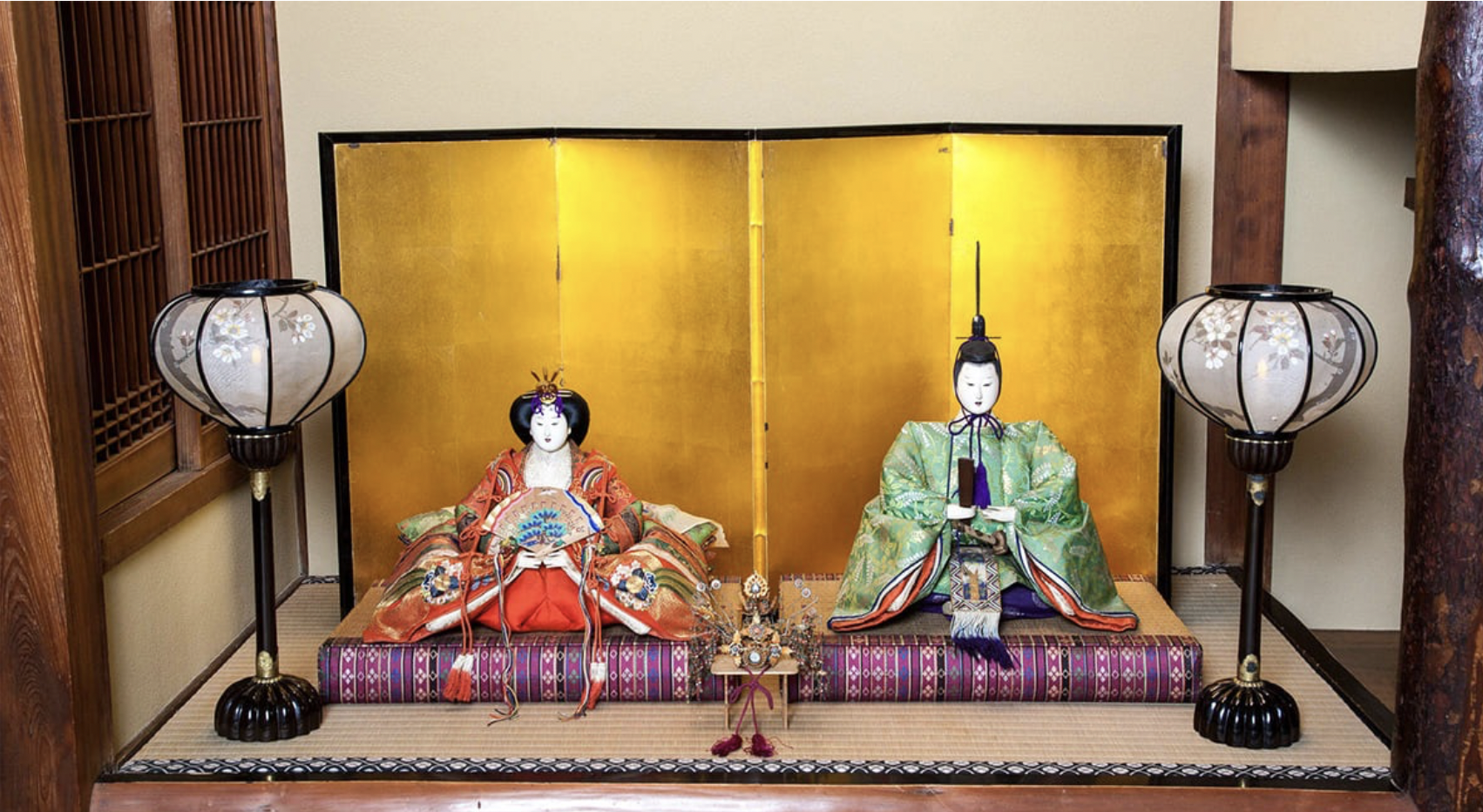
In Osaka, Hina doll displays in the Semba neighborhood are a great way to experience the holiday. Seven buildings feature public displays of beautiful Hina Dolls from eight different merchant families with roots in Osaka. In addition to the doll displays, the combination of retro and modern architecture makes the experience worthwile. A handful of restaurants in the area also serve special meals or sweets affiliated with the holiday.
Traditional Foods for Girls’ Day
A handful of foods are traditionally eaten during Hina Matsuri, many with symbolic meaning. Most of these foods are usually prepared and eaten at home, while some can be purchased from stores or ordered in restaurants in the days and weeks leading up to the holiday.
- Hina arare: These small colorful rice crackers make an nice sweet snack. They are usually round, but occasionally you can find novel sizes, like hearts.
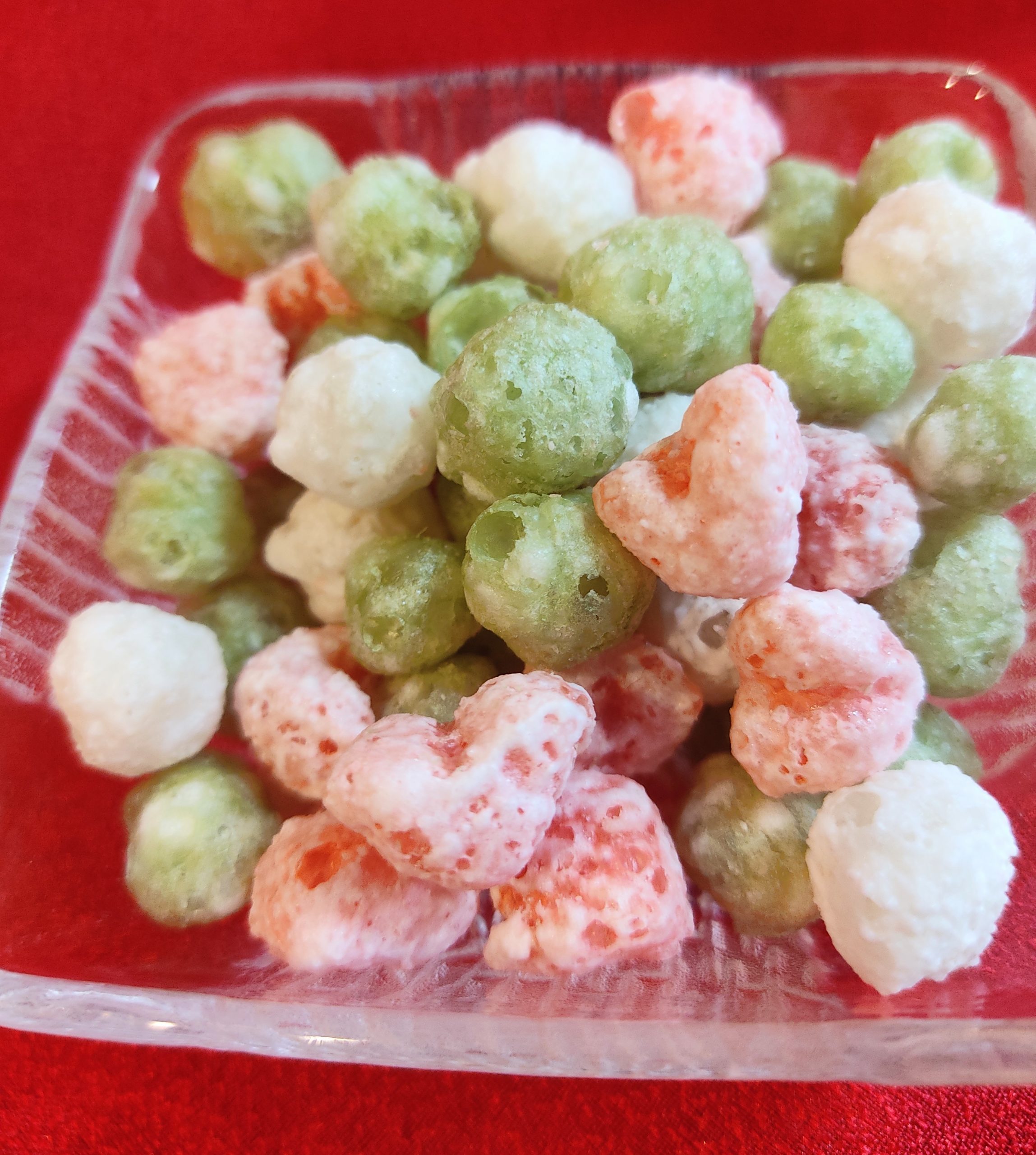
- Hishi-mochi: This type of mochi is diamond-shaped and has three colored layers: green, white, and pink—representing new growth, snow, and life respectively. Hishi-mochi is often seen on display with the Hina dolls and you can find hishi-mochi and other Hina themed sweets at most Japanese confectioneries at this time of year.
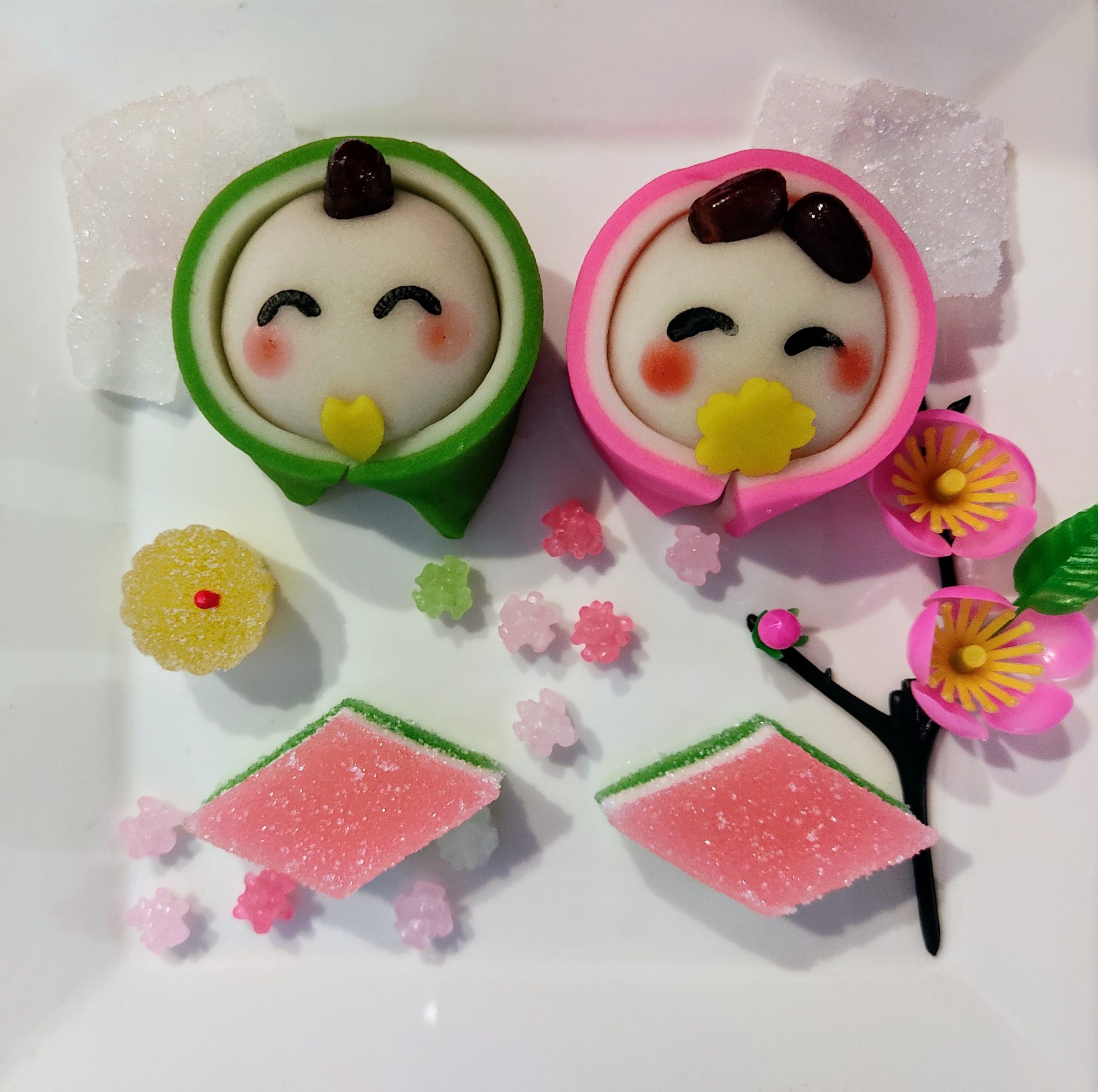
- Ushiojiru: A light clam soup. Because of their anatomy—two shells joined together—clams are a symbol of marriage, and eating them is thought to bring good luck in future marriage prospects.
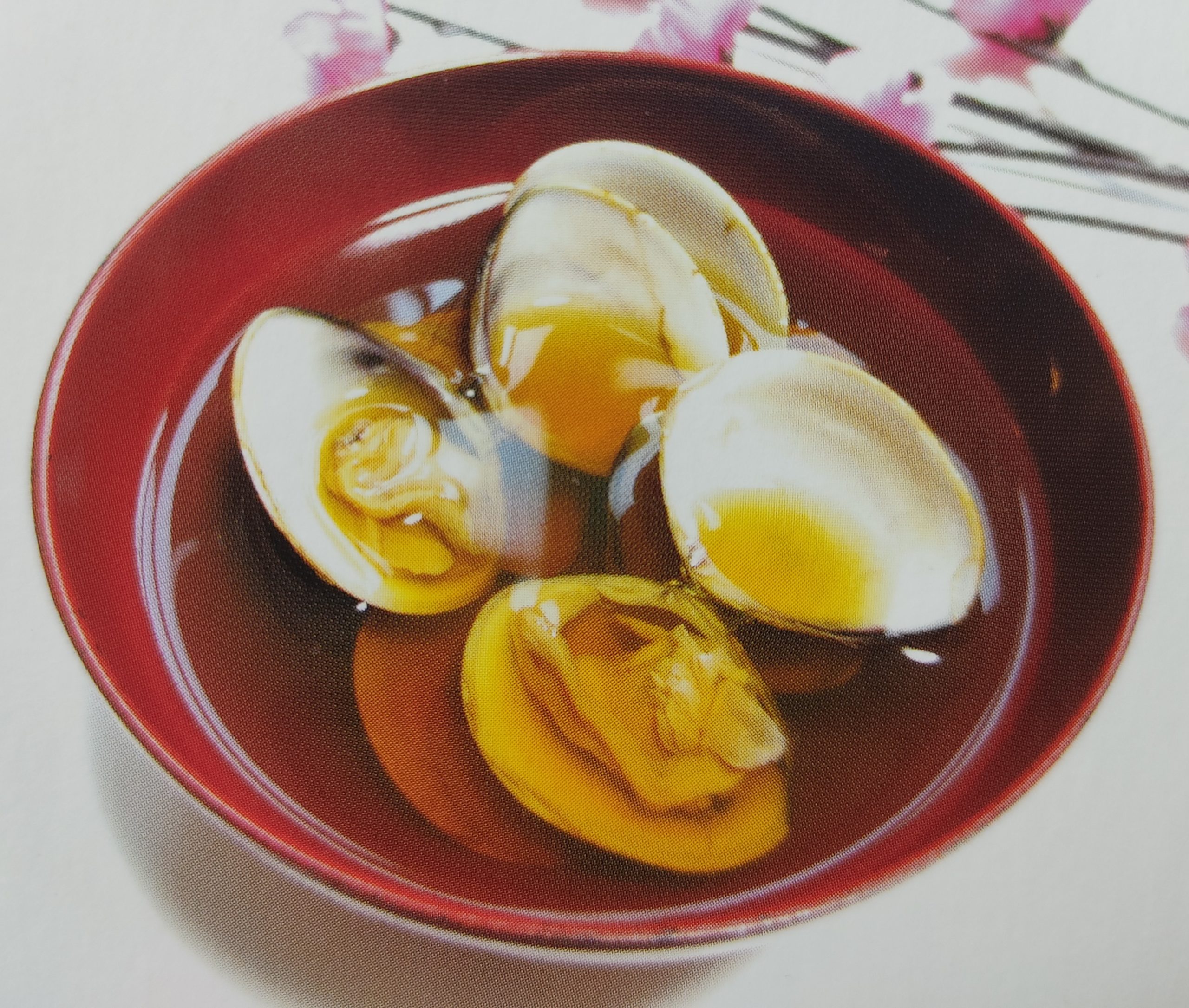
- Chirashi-zushi: This type of sushi looks very different from the rolls or nigiri, but shares a lot of the same ingredients. It is often served in a large round wooden container with a bed of vinegared rice topped with a variety of colorful ingredients that may include small pieces of egg, crab, salmon roe, shrimp, shiitake mushroom, lotus root, shiso (perilla), etc.
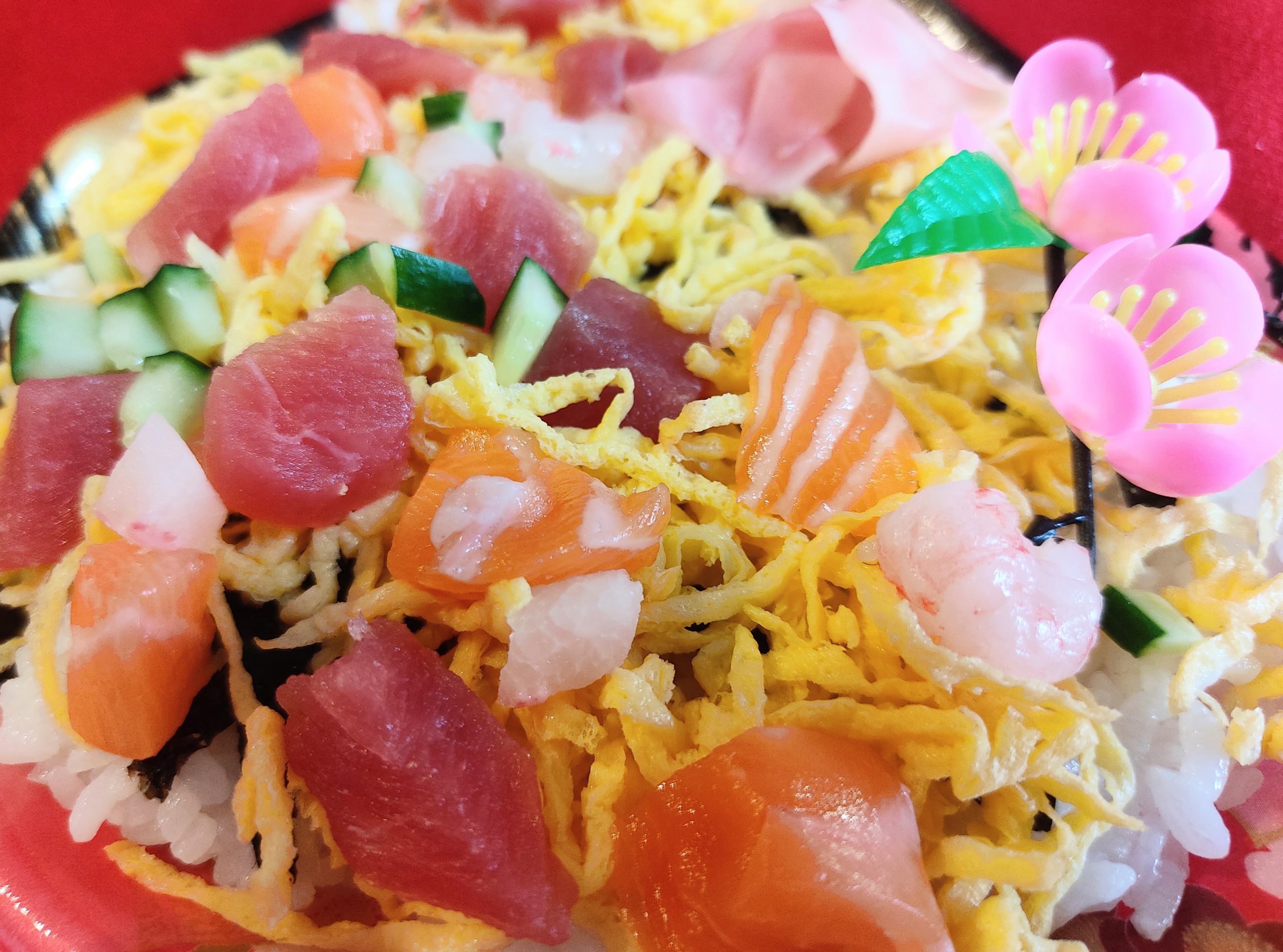
- Amazake: This type of sake is made with fermented rice, but contains little or no alcohol so it is considered safe for children. Adults may go for shirozake instead, which has a very similar milky white color, but is made with shochu or mirin so it has a much higher alcohol content.
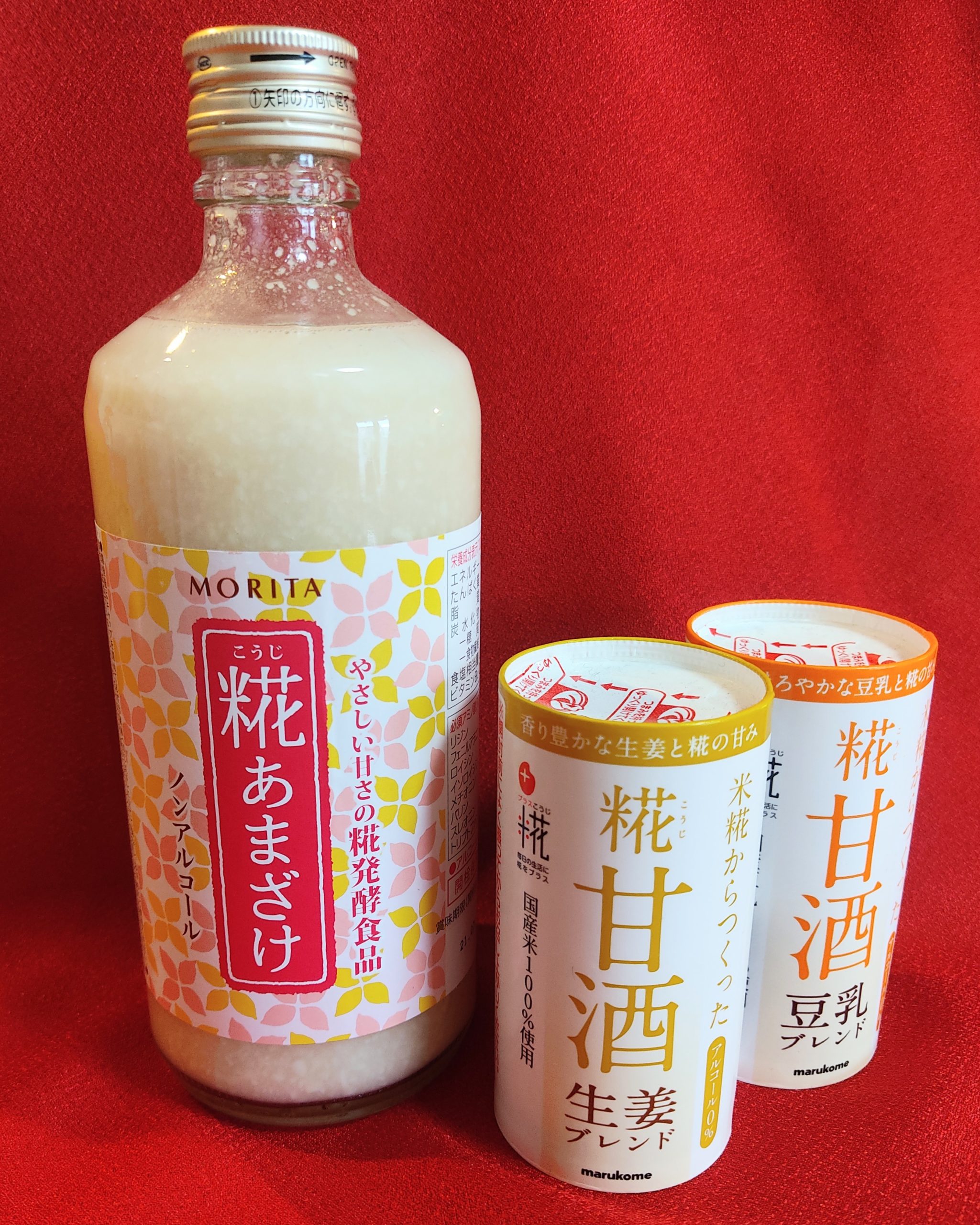
Another interesting thing about Hina Matsuri is that most households put away their Hina Dolls very soon after the holiday is over. It’s considered unlucky, especially for one’s marriage prospects, to leave the dolls out past the holiday.
 Treasure-hunting for hina dolls and history in Osaka’s business district
Treasure-hunting for hina dolls and history in Osaka’s business district
Supporter
The contents of this page were current at the time it was posted, but may differ from the present.
Text visible in this map is based on information from Map Tiler and may differ from actual geographical names.

